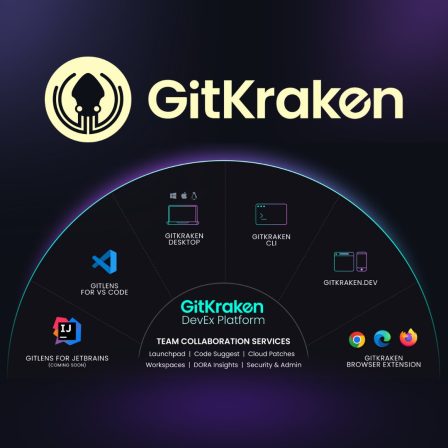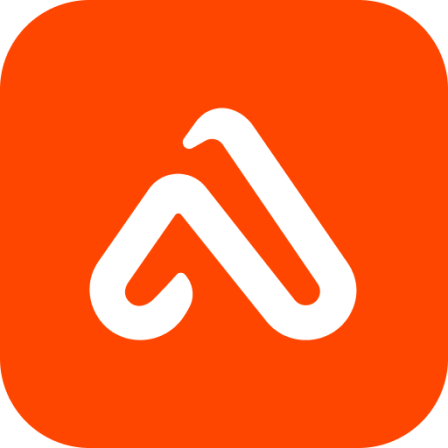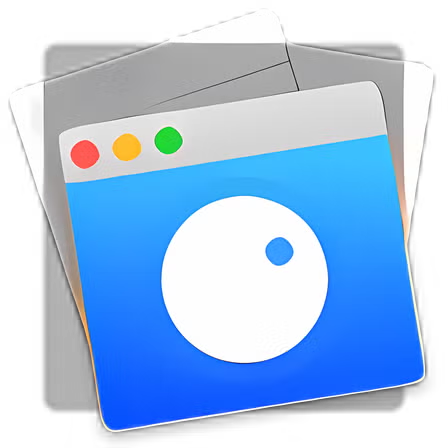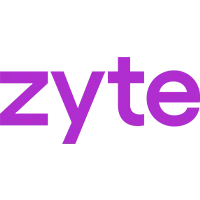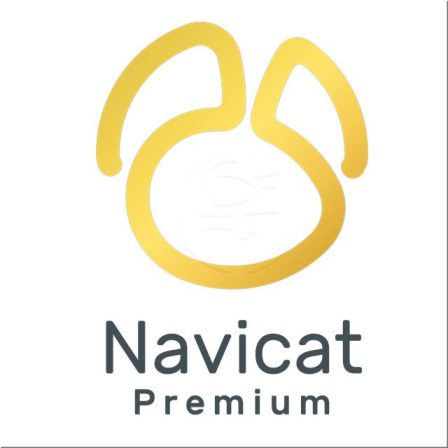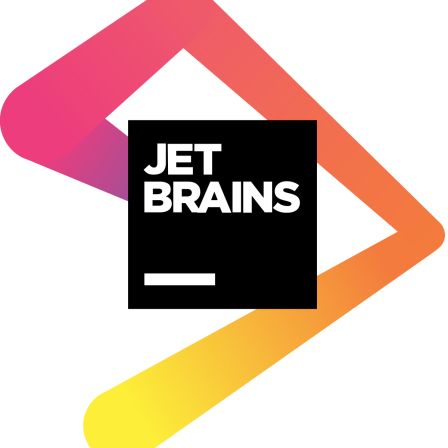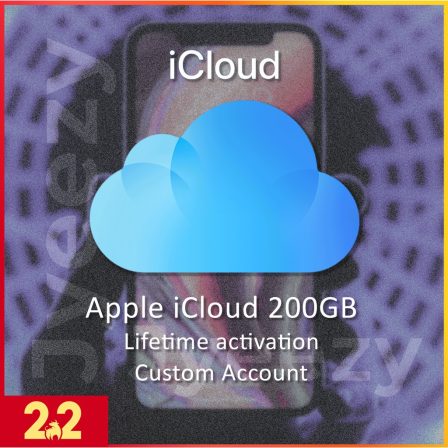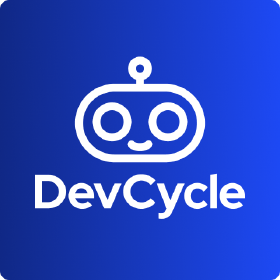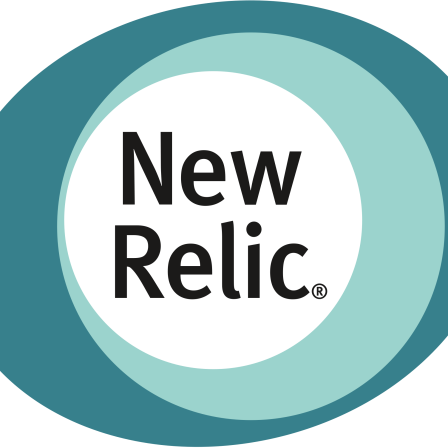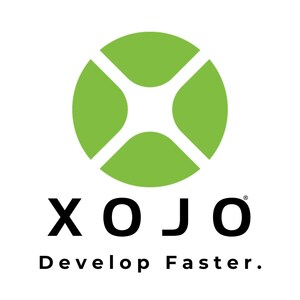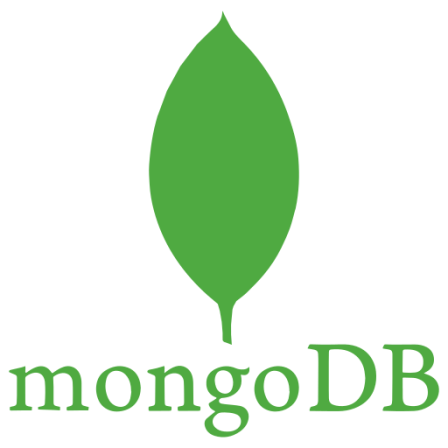There is no item in your cart

Simplicity and Power: Why You Should Be Paying Attention to the Zig Programming Language
In a world filled with complex languages, heavy frameworks, and intricate build systems, a new programming language is gaining significant traction with a radical focus: simplicity. Meet Zig, a general-purpose systems programming language that aims to help you “maintain robust, optimal, and reusable software.”
While languages like Rust have won hearts with their powerful compile-time safety guarantees, they also come with a steep learning curve. Zig offers a different set of trade-offs, positioning itself as a modern, pragmatic successor to C. This guide will introduce you to Zig’s core philosophy and the game-changing features that are making it a compelling choice for high-performance software development.
The Philosophy of Zig: Explicitness and Control
Zig’s design can be summed up in one word: clarity. There is no hidden control flow, no hidden memory allocations, and no preprocessor or macros. The code you write is the code that runs. This focus on explicitness gives developers fine-grained control over performance and memory, much like C, but with modern safety features and a much more powerful toolchain.
Three Game-Changing Features of Zig
comptime– Code That Runs at Compile Time: This is arguably Zig’s most powerful and unique feature.comptimeallows you to execute Zig code during the compilation process itself. You can use it to generate types, validate conditions, build data structures, and even run parts of your program before it’s ever compiled into a binary. It’s like having a far more powerful and integrated version of C++ templates, enabling a new level of meta-programming.- A Built-in Build System: Tired of
Makefilesor complexCMakeconfigurations? Zig comes with its own build system that is also written in Zig. You can define your entire build process—compiling, linking, testing—in a single, clear.zigfile. Even more impressively, Zig’s build system is an excellent cross-compiler for C and C++ out of the box, often making it easier to compile a C project with Zig than with a traditional C toolchain. - Frictionless C Interoperability: Zig is designed to be a “better C” and seamlessly integrates with existing C codebases. You can directly
@importa C header file and use its types and functions without any special “Foreign Function Interface” (FFI) glue code. This makes it an incredible tool for modernizing legacy C projects or for writing high-performance Zig modules that can be easily consumed by C/C++/Python/etc.
Where Does Zig Shine?
- High-Performance Systems: Game development, operating systems, and embedded systems where performance and memory control are paramount.
- CLI Tools: Its fast startup time and small binaries make it perfect for building command-line applications.
- WebAssembly (Wasm): Zig’s excellent control over memory and lack of a large runtime make it one of the best languages for compiling to small, efficient Wasm modules.
- Replacing C/C++ Build Scripts: Many developers are adopting Zig not just as a programming language, but as a superior build tool for their existing C/C++ projects.
Conclusion
Zig is not trying to be the “one language to rule them all.” It is a pragmatic, powerful tool designed for a specific purpose: writing simple, optimal, and maintainable systems software. For developers who love having deep control over their code and appreciate a simple, modern toolchain, Zig is one of the most exciting languages to watch and learn in the coming years.
Mastering any new language, especially a systems language like Zig, requires a powerful development environment. A professional IDE from [JetBrains (like CLion or Rider)] provides the advanced debugging and code analysis tools you need to be productive. And when it’s time to deploy your high-performance services, a reliable platform like [Heroku] can help you get online. Explore the tools for professional developers at SMONE.


